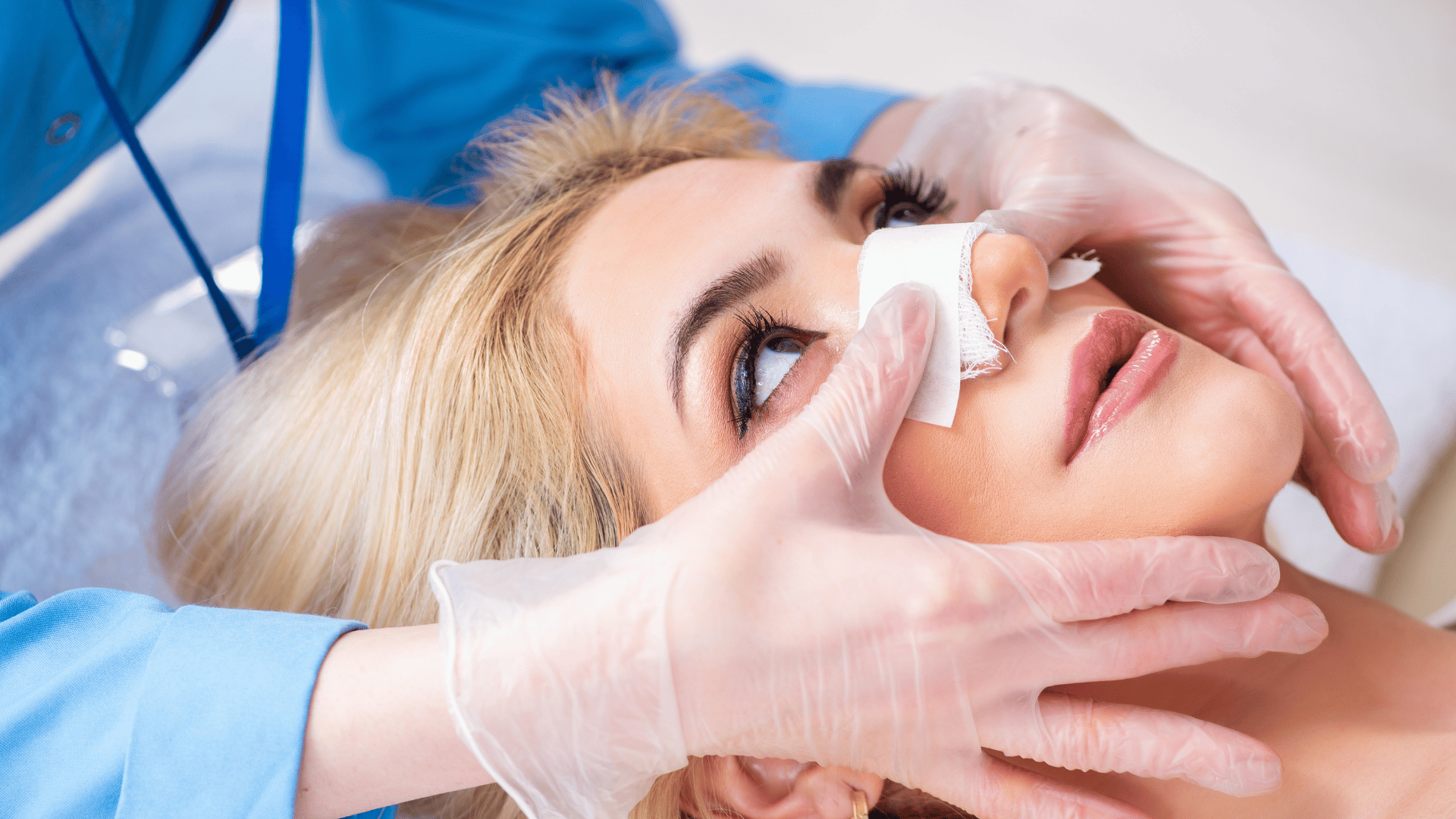Nasal Taping After Rhinoplasty: Benefits, Techniques, and Timeline
Nasal taping is a common post-operative practice after rhinoplasty that helps control swelling and support the healing process. While not always mandatory, many surgeons recommend taping to enhance recovery and optimize final results. This guide explores the benefits, proper techniques, and timeline for nasal taping after rhinoplasty.
Why is Nasal Taping Important?
After rhinoplasty, the nose experiences swelling and fluid retention, particularly in the nasal tip. Taping applies gentle pressure, helping to:
- Reduce post-surgical swelling.
- Encourage proper nasal shape formation.
- Prevent excess fluid buildup.
- Support weakened nasal structures as they heal.
When Should You Start Taping?
- Most surgeons recommend starting 1-2 weeks after surgery, once the initial splint is removed.
- Some patients may need taping for a few weeks to several months, depending on the extent of swelling and their skin type.
- Always follow your surgeon’s specific recommendations for the best results.
How to Tape Your Nose Properly
Materials Needed
- Hypoallergenic medical tape (e.g., paper or silicone tape)
- Clean hands and a mirror
Step-by-Step Instructions
- Clean and Dry the Nose
- Gently cleanse your nose to remove oils or residue.
- Ensure the skin is completely dry before applying tape.
- Cut Small Strips of Tape
- Each strip should be around 2-3 inches long.
- Use multiple strips for better coverage.
- Apply Tape Horizontally Across the Nose
- Start at the mid-bridge and work your way down.
- Use light pressure to secure the tape.
- Wrap the Tip and Lower Bridge
- Form a “U” shape around the nasal tip to provide additional support.
- Avoid excessive tightness to prevent discomfort.
- Wear Overnight and Remove in the Morning
- Most patients tape before bed and remove it gently in the morning.
- If needed, apply moisturizer before removing the tape to avoid irritation.
How Long Should You Tape Your Nose?
- Weeks 1-4: Taping is often recommended nightly to minimize swelling.
- Weeks 5-8: Patients with thicker skin may continue taping every night.
- After 2-3 months: Taping can be discontinued unless advised otherwise by the surgeon.
Tips for Effective Nasal Taping
- Use gentle pressure—do not overly compress the nose.
- Replace the tape if it becomes loose or dirty.
- Avoid ripping off the tape—peel it slowly to prevent skin irritation.
- If you have sensitive skin, opt for silicone-based tape to prevent irritation.
FAQ
1. Do all rhinoplasty patients need to tape their noses?
Not necessarily. Taping is more commonly recommended for patients with thicker skin or prolonged swelling.
2. Does nasal taping change the shape of the nose?
No, but it helps control swelling and supports the healing process for optimal results.
3. Can I stop taping after a few weeks?
Yes, but patients with longer-lasting swelling may benefit from continued taping for up to 2-3 months.
4. Does taping hurt?
No, but improper technique (such as excessive tightness) can cause discomfort.
5. What happens if I don’t tape my nose?
Skipping taping does not ruin results, but it may lead to longer swelling duration in some patients.
Conclusion
Nasal taping after rhinoplasty is a simple yet effective technique to help reduce swelling and support the healing process. While it is not mandatory for every patient, those with thicker skin or prolonged swelling can greatly benefit from consistent taping. Always follow your surgeon’s advice and be patient—proper care ensures the best possible rhinoplasty results!
Medical Disclaimer
The information provided in this article is for informational purposes only and should not be considered a substitute for professional medical advice, diagnosis, or treatment. Always seek the advice of your physician or another qualified health provider with any questions you may have regarding a medical condition or treatment. Never disregard professional medical advice or delay in seeking it because of something you have read in this article.
